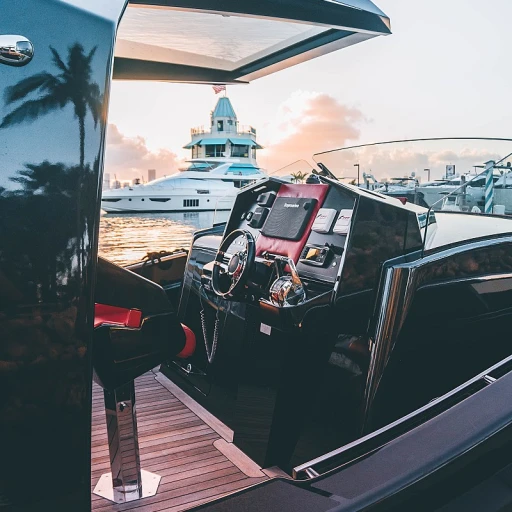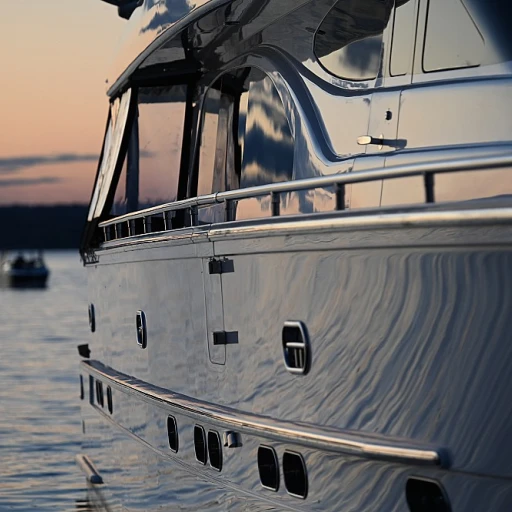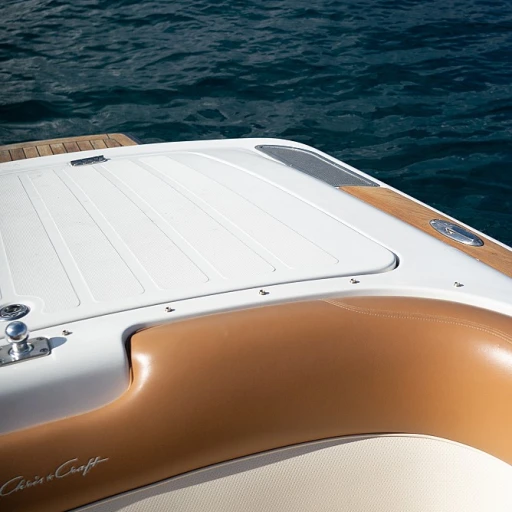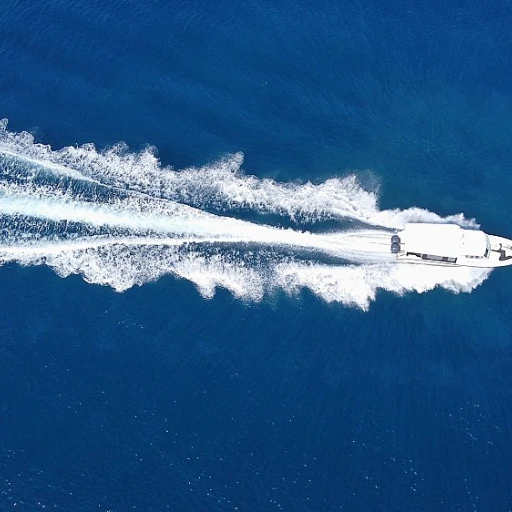Understanding the Tampa Bay Nautical Chart
Deciphering Tampa Bay's Nautical Landscape
Understanding the nautical chart of Tampa Bay is essential for any yachter aiming to navigate these waters safely and efficiently. The bay is a complex network of channels, shoals, and currents, demanding a keen eye and a solid grasp of chart reading. The NOAA nautical charts are your primary tool, providing detailed information about the bay's depths, hazards, and navigational aids.
These charts are not just maps; they are comprehensive guides that include a wealth of information. From the coastlines to the depths of the Gulf of Mexico, each NOAA chart offers insights into the marine environment. Understanding the product details of these charts, such as their size and edition, is crucial. The Oceangrafix edition of these charts is particularly popular for its durability and accuracy.
When selecting a chart, consider the chart tampa and chart joseph sound for their detailed depiction of the bay and surrounding areas. The official NOAA publications provide both digital charts and paper versions, catering to different preferences. For those interested in more personalized navigation tools, NOAA custom charts are available, offering tailored information for specific routes.
While the charts are vital, they are just one part of the equation. As you delve deeper into the intricacies of Tampa Bay, you'll encounter various navigational challenges. Preparing for these will involve understanding the unique characteristics of the bay, such as its tidal patterns and weather conditions. For a more comprehensive guide on navigating similar waters, consider exploring the allure of Stone Harbor's premier yacht club, which offers insights into mastering complex nautical environments.
Navigational Challenges in Tampa Bay
Challenges in Nautical Navigation
When it comes to navigating Tampa Bay, understanding the nautical landscape is crucial. The bay's unique geography presents certain challenges that yachters must be aware of. This area is distinct from the vastness of the Pacific or the wider stretches of the Gulf of Mexico. As such, Tampa Bay veterans will tell you that local knowledge and the correct tools at hand make all the difference.
Firstly, the shape and size of Tampa Bay itself require yachters to be vigilant, particularly when moving between the coast and the central parts of the bay. Obstacles such as rocks and shallow waters are common, and having an accurate NOAA nautical chart handy is essential. These official NOAA publications provide detailed maps that ensure safety and ease of transit.
Navigating the Waters Safely
Yachters should pay special attention to Clearwater's coastal waters and the notorious Joseph Sound. The sound is known for its shifting silt and unpredictable depths, making it imperative to have comprehensive digital charts or the latest edition of paper nautical charts. For a complete experience, these can be custom charts to fit the specific dimensions of your marine ventures.
Moreover, Tampa's waterways can differ from those in the Great Lakes or other maritime regions. Digital products like the digital charts from Oceangrafix edition offer up-to-date and precise soundings and light list volumes that can significantly aid in navigation.
For those seeking information on depth contours and navigation aids around Tampa Bay, reviewing the latest NOAA chart can be beneficial. These provide product details such as buoys and markers, which are immensely helpful. Don't forget to keep your charts framed and in good condition—it's an investment well worth the price.
To deepen your understanding of the local area and tackle these challenges with confidence, consider exploring the Coral Reef Yacht Club in Miami. Their resources can provide further insights into safely cruising these waters.
Advanced Chart Reading Techniques
Mastering Complex Chart Interpretations
Navigating Tampa Bay requires more than just a basic understanding of nautical charts. As you explore the coast and various marine areas, including the Gulf of Mexico and Joseph Sound, it’s important to familiarize yourself with official NOAA nautical charts. These products provide essential details on everything from water depth to potential hazards. Whether using digital charts or traditional paper editions, such as those from Oceangrafix, being adept at interpreting these maps is vital. Here’s how to advance your chart reading skills:- Coordinate Understanding: Pay attention to coastal coordinates and scale to attain exact positioning. Each nautical chart you use should offer precision, whether you're cruising the Great Lakes or the Pacific.
- Recognize Symbols: Educational books or custom chart framings can include helpful legends, assisting in the identification of symbols and what they represent in Tampa Bay.
- Depth Awareness: Note color variations on your chart. For example, darker blues usually indicate deeper waters. This can be critical near regions like Bay Joseph where sudden changes occur.
- Light Lists and Noaa Custom Charts: Maintain a list of lights for navigation markers and consult noaa custom editions for specific areas tailored to your route needs.
Technology and Tools for Modern Navigation
Embrace Modern Nautical Tools
When navigating the intricate waters of Tampa Bay, it’s crucial to augment your skills with the latest technologies and tools available for modern navigation. While understanding the Tampa Bay nautical chart is essential, leveraging advanced instruments can significantly enhance your nautical experience.
Among the electronic advances is the usage of digital charts. These have largely replaced traditional paper charts, offering real-time updates and more dynamic engagement with the bay area. The NOAA provides official nautical charts which are crucial for understanding the ever-changing coast lines and depths, particularly in complex areas such as the Gulf of Mexico and Joseph Sound. Investing in a NOAA chart is made easier by providers like Oceangrafix edition charts that support both traditional and digital platforms.
Moreover, technology such as GPS integrated systems are a game changer for precision in navigation, offering immediate access to accurate locations on mapped nautical spaces. Such systems capture real-time data which is particularly valuable in rapidly changing aquatic environments, reflecting adjustments in chart tampa and products often updated by NOAA custom inputs.
Another important tool is the Light List, which provides essential information about aids to navigation across the great lakes and coastal zones, which are useful as reference for night-time yachting in Tampa Bay. Complementing this, marine software products offer custom chart options, allowing tailored displays depending on preferred size and publications preferences.
As you integrate these solutions, consider the reputable edition oceangrafix for high-quality prints or digital interfaces that enhance navigational interactions. While the expense involved may vary depending on the price for framed charts or digital subscriptions, the investment is well warranted given the complexities and potential hazards inherent in Tampa Bay waters.
Safety Tips for Tampa Bay Yachters
Yachting in Tampa Bay: Prioritizing Safety
When cruising the vibrant, yet complex waters of Tampa Bay, prioritizing safety is crucial. This intricate bay, nestled on the coast, frequently presents challenges and opportunities alike, urging yachters to be well-prepared and informed before setting sail. Equip with Quality Nautical Charts One of the first safety measures is to ensure you have access to accurate and updated nautical charts. The NOAA charts are highly recommended due to their thoroughness in detailing Tampa Bay's complex marine landscape. These charts provide precise information about water depth, hidden shoals, and navigational aids. Opt for a durable, framed version for ease of use or consider the digital editions if you're keen on seamless updates. For more detail on how to effectively read these charts, diving into advanced chart reading techniques can be invaluable. Utilize Modern Navigation Tools Modern technology has revolutionized navigation with a suite of tools designed to enhance marine safety. From digital charts that complement your NOAA-issued paper charts to high-tech sonar systems, these products aid yachters in avoiding hazards. Incorporating these tools ensures you're not just relying on analog methods but blending them with advanced electronics for an all-around secure voyage. Keep a Weather Eye Weather shifts can transform the bay's conditions rapidly. Regularly consult marine weather forecasts and keep your marine radio ready to communicate with fellow seafarers and the U.S. Coast Guard. This precaution allows for making quick, informed decisions to evade approaching storms or unexpected winds, thus preserving safety aboard. Observe Safety Protocols Every yachter should be adept at key safety protocols like MOB (man overboard) maneuvers and emergency anchoring. Additionally, maintaining a well-equipped first-aid kit and ensuring life jackets are readily accessible cannot be overlooked. Building familiarity with your emergency procedures not only enhances safety but can significantly alleviate potential stress during tense situations. Respect Local Regulations Each area of Tampa Bay might have regulative nuances, so it’s vital to stay informed about local laws. Refer to official publications and light lists to understand specific compliance mandates. By respecting these guidelines, yachters can ensure they are compatible with regional expectations and environmental conservation efforts. Incorporating these safety tips ensures a harmonious blend of adventure and cautiousness during your Tampa Bay explorations, guaranteeing not only a safe journey but an enriching marine experience.Local Insights: Best Spots to Anchor and Explore
Hidden Gems for Mooring and Exploration
Exploring Tampa Bay's nautical waters presents an opportunity to discover some of the area's best-kept secrets for anchoring and exploration. Whether you are cruising along the coast or tucked away in a tranquil spot, Tampa Bay offers remarkable locations to enhance your yachting experience.- Joseph Sound: Head to the serene and picturesque waters of Joseph Sound. This bay area, considered a peaceful haven, provides an ideal anchorage spot with great shelter. While you're there, don't miss out on witnessing the vibrant marine life and enjoying a laid-back environment.
- Honeymoon and Caladesi Island: Both islands boast natural beauty, making them perfect for day trips ashore. Accessible from the bay area, these islands offer pristine beaches and nature trails for those looking to stretch their legs and explore.
- Egmont Key State Park: Situated at the mouth of Tampa Bay, this state park combines history with lovely landscapes. Anchor nearby to explore the historic fort and scenic beaches, while keeping an eye on tidal patterns for a safe stay.
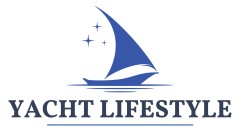
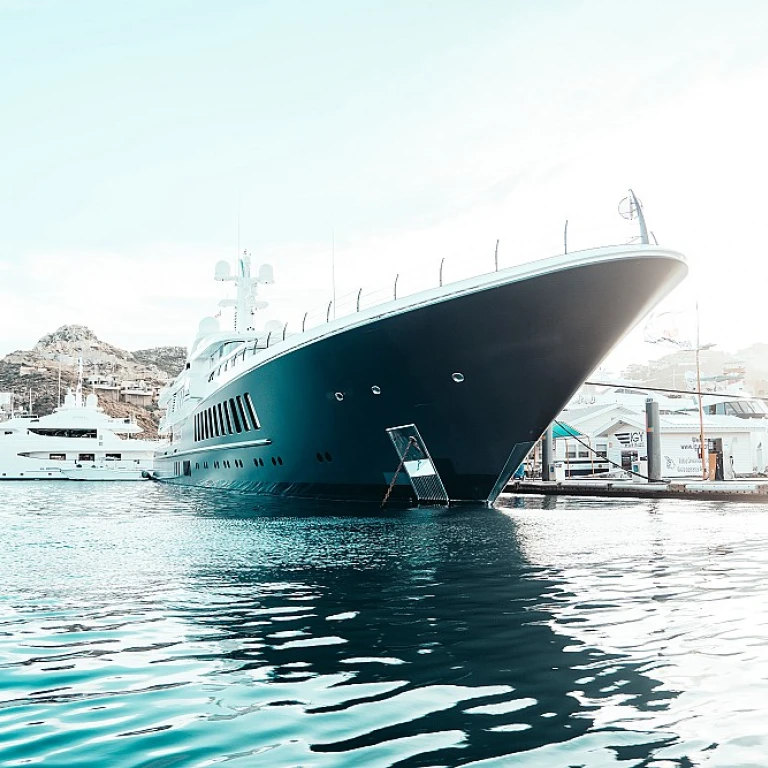
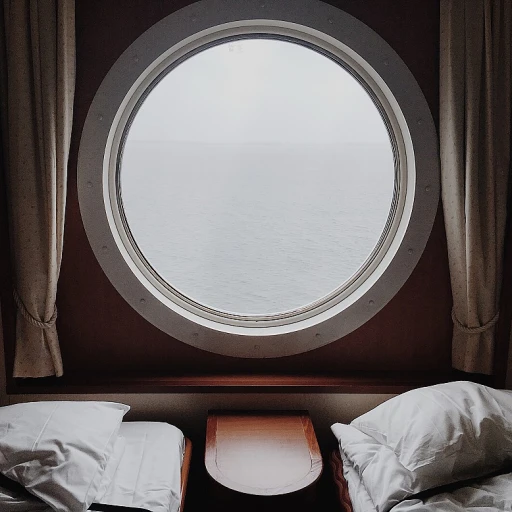
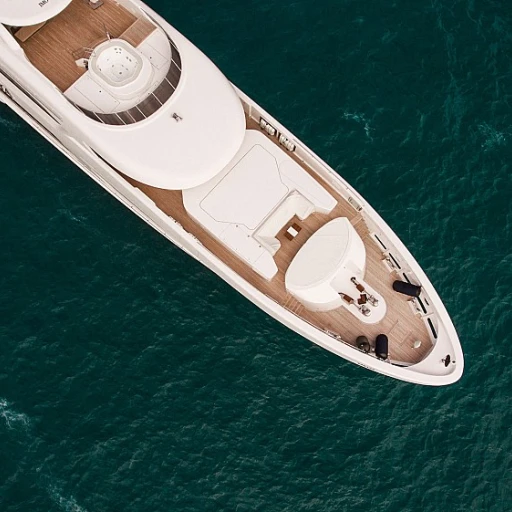
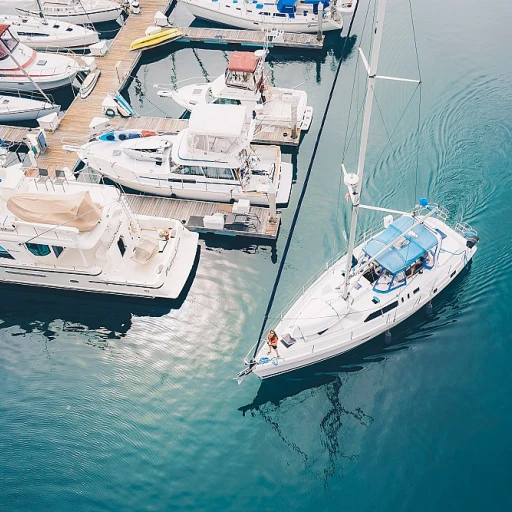

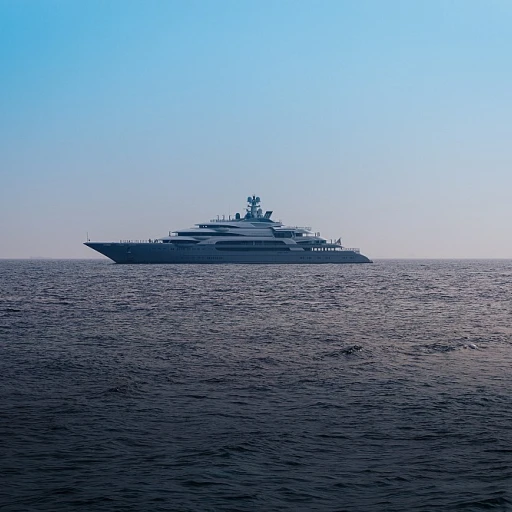
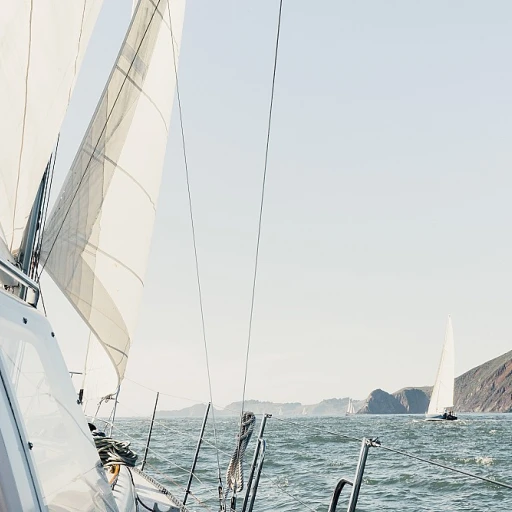
-large-teaser.webp)
